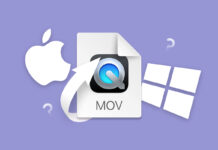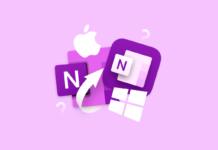 Are you noticing skipped frames, and playback errors on a video? It’s likely the video is corrupt. The good news is that video corruption is typically easy to fix—you can choose from a wide range of video repair software. Don’t wish to download third-party repair tools? You can always use online video repair tools.
Are you noticing skipped frames, and playback errors on a video? It’s likely the video is corrupt. The good news is that video corruption is typically easy to fix—you can choose from a wide range of video repair software. Don’t wish to download third-party repair tools? You can always use online video repair tools.
I tested several such video repair programs and websites. The ones below are free to use, and got the job done for me.
What Made Me Choose These Video Repair Tools?
A simple Google Search for video repair tools will overwhelm you because there are hundreds of such tools. But most of them are paid, or come with free trials that limit their functionality. As soon as I looked for free video repair tools, the list narrowed down considerably. Surprisingly, some tools not primarily designed for video repair were still effective. I’ve highlighted the best ones in the next section.
In addition to being free to use, here’s the mix of factors I took into consideration when choosing the best free video repair tools:
- Functionality: Naturally, the foremost criterion, besides being free to use, is that the tool should work—it should repair corrupt videos as best as possible. All the tools listed here did repair the corrupt MOV and MP4 videos I used to test them.
- Supported Video Formats: The more video formats a tool can repair, the better.
- Speed: While processing speed isn’t a dealbreaker, a faster video repair tool is much more convenient, especially if you’re dealing with several large videos.
- Ease Of Use: A corrupt video, especially if it has sentimental value, can be incredibly stressful to deal with. You don’t want a complicated tool to add to the stress. I’ve prioritized user-friendly tools as far as possible.
The Best Free Video Repair Tools for Windows
The tools listed below are a mix of third-party downloadable software, and video repair websites.
Here are the programs and websites that stood out:
1. Clever Online Video Repair
By far the easiest tool to use in this list, the Clever Online Video Repair Tool is completely web-based and takes less than a minute to repair corrupt videos. It requires three things to work—an active internet connection, the corrupt video, and a healthy reference video file that’s preferably recorded on the same device as the corrupt one.
The online tool specializes in repairing videos from digital cameras, drones, and smartphones, where the recording was interrupted. Supported video formats include MP4, MOV, DAT, 3GP, 3G2, M4V, M4A, M4R, M4B, F4V, F4A, F4B, GIFV, and QT. The tool repairs any video file using the ISOBMFF or QTFF container with the H.264 (AVC) or H.265 (HEVC) video codec. However, the file size limit is capped at 5 GB.
Here’s how you use the tool:
- Visit the Clever Online Video Repair website.
- Click Choose file, browse for the corrupted video, and click Open.
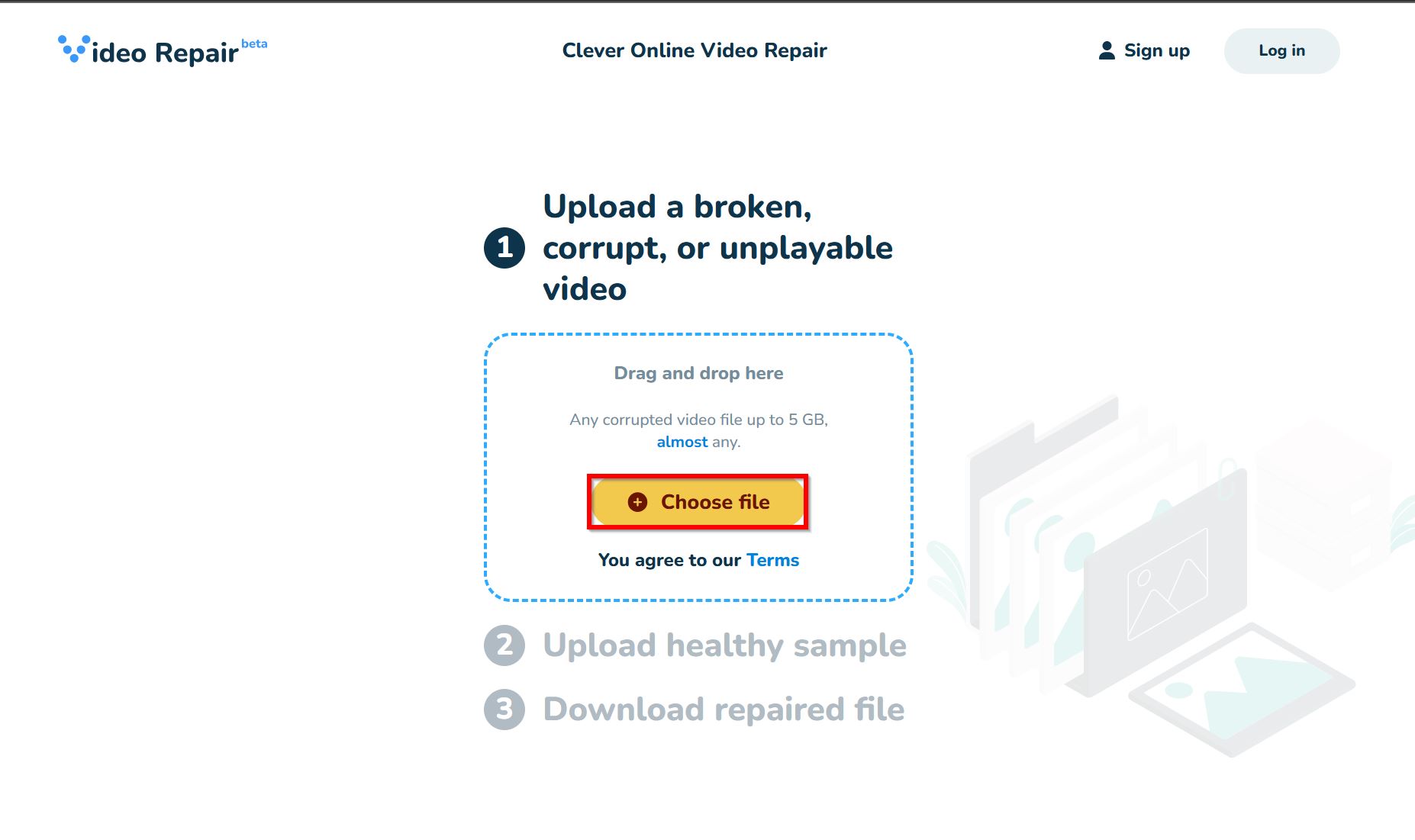
- Choose the brand, and model number of the device used to record the video. If you’re unsure, click Unknown device.
- Click Choose file and select a healthy video file that’ll be used to repair the corrupt video. To maximize repair chances, select a video file recorded on the same device, using the same settings.
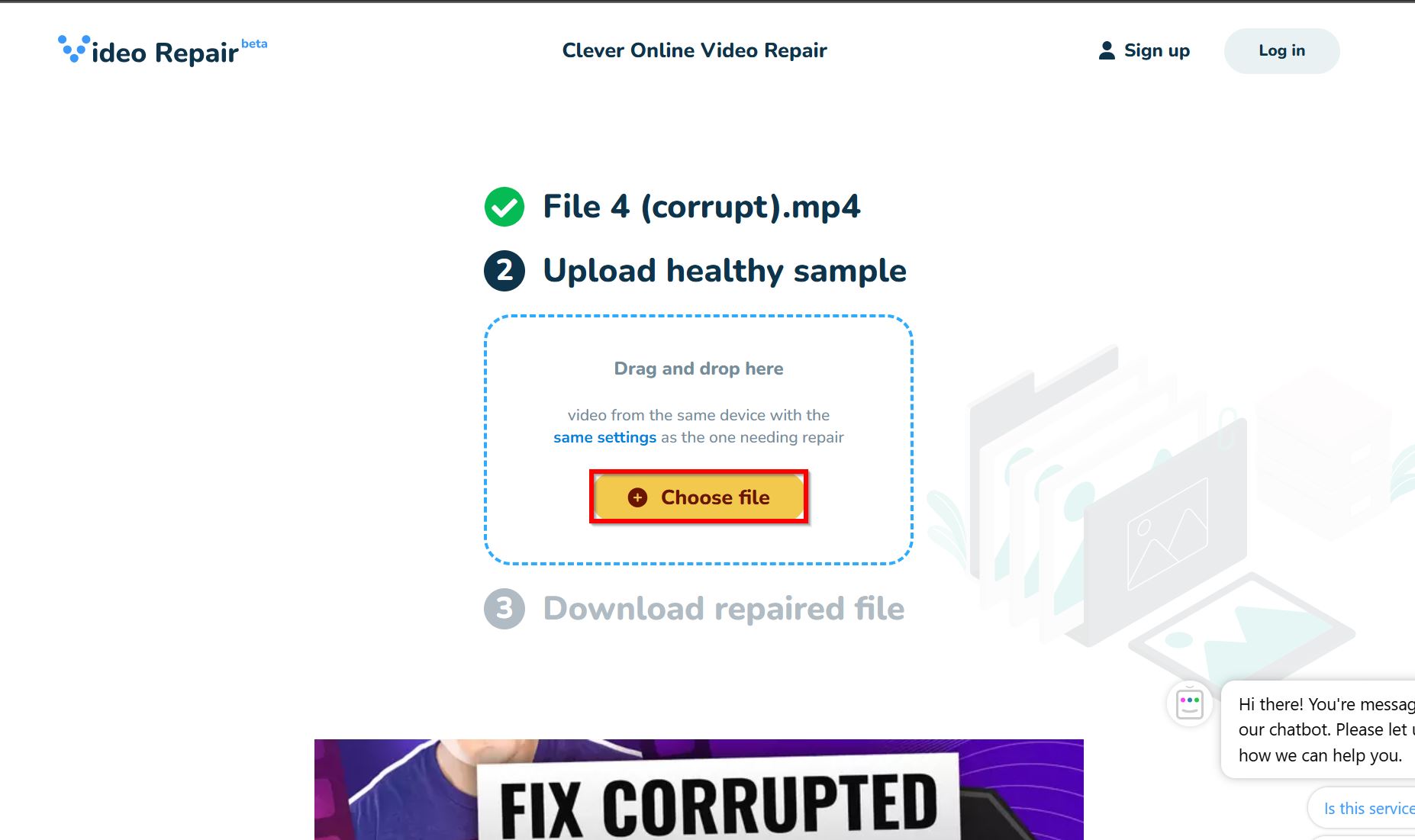
- Sign up so you can retrieve the repaired videos anytime and anywhere.
- Click Download to download the repaired video.
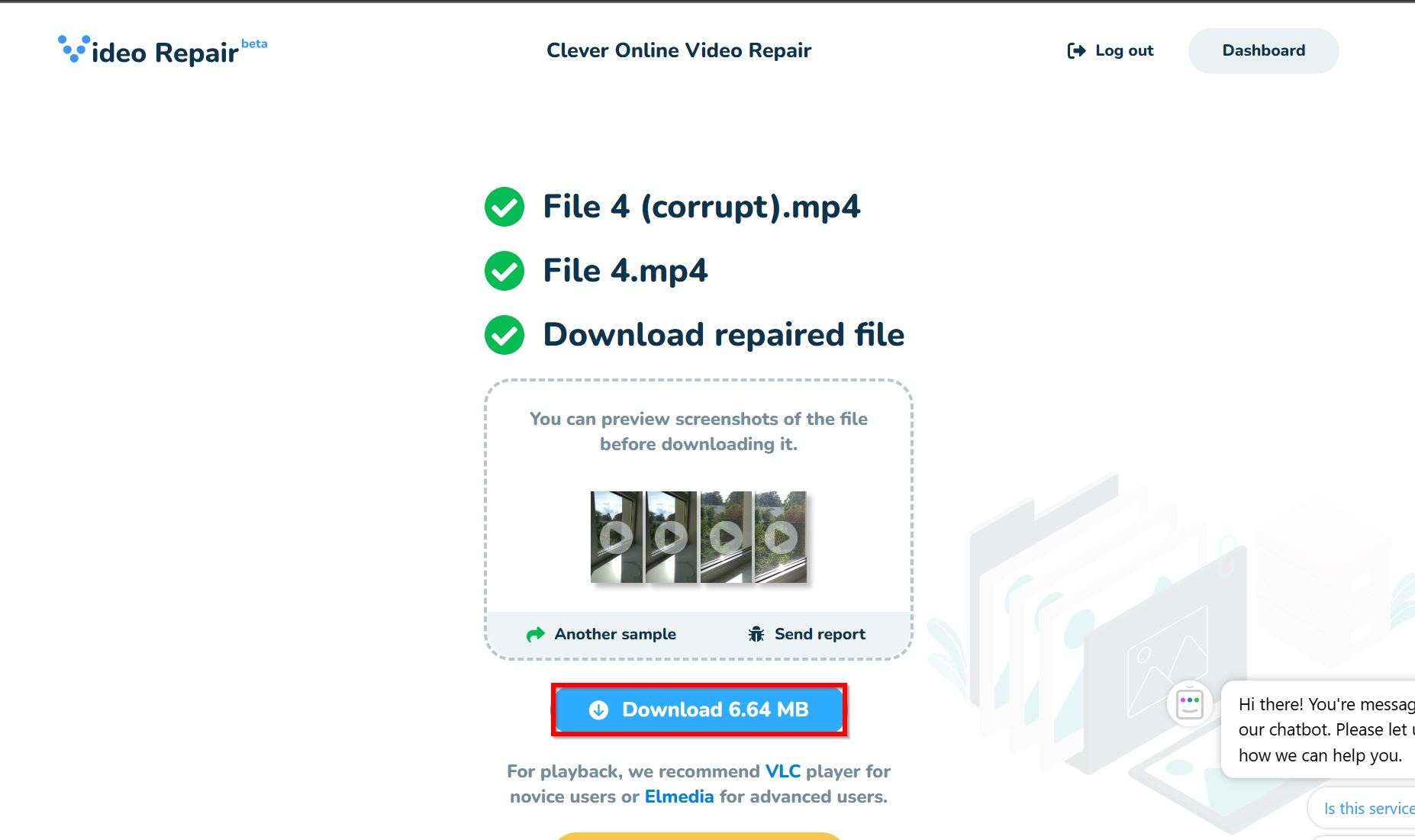
2. Untrunc GUI
Untrunc GUI is a more user-friendly version of Untrunc—a command-line-based, free, open-source video repair tool. It’s not as polished as other programs on this list, but its high success rate and solid reputation more than make up for it. Untrunc GUI, too, requires a healthy reference file to fix corrupt videos.
The program fixes truncated MP4, M4V, MOV, and 3GP video files. Video format support is somewhat limited—if you’re looking to repair other popular formats like AVI, or FLV, you’ll need to pick an alternative tool.
Here’s how you fix a corrupt video file using Untrunc GUI on Windows:
- Open your browser, and visit Untrunc’s GitHub page. Click on the untrunc_x64.zip file to download it. Once downloaded, extract its contents to a folder of your choice.
- Open the extracted Untrunc GUI folder, and double-click the untrunc-gui.exe file.
- Click the reference file button, browse for a healthy sample video, and click Open.
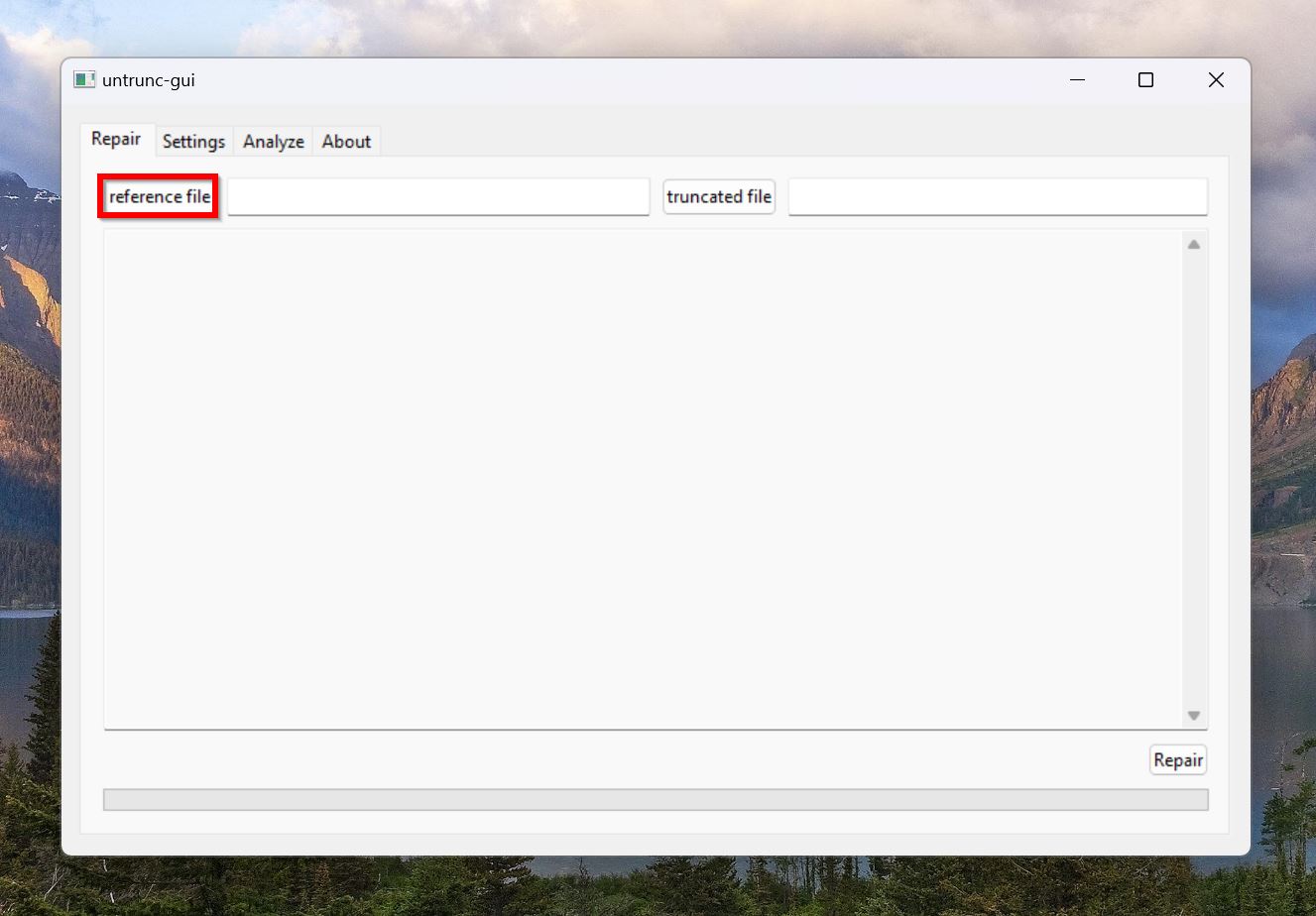
- Now, click the truncated file button, look for the corrupt video file, and click Open.
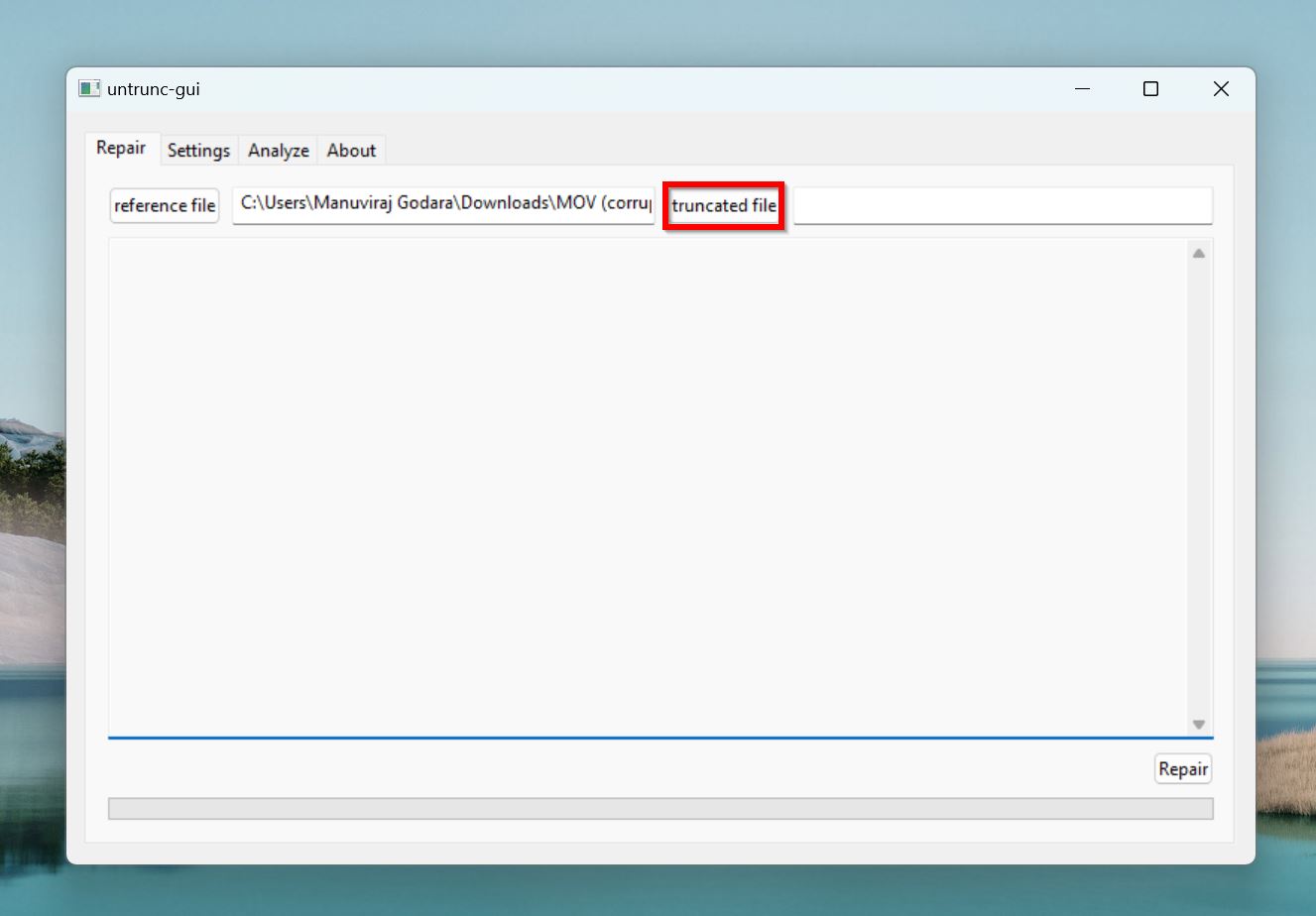
- Click on Repair.
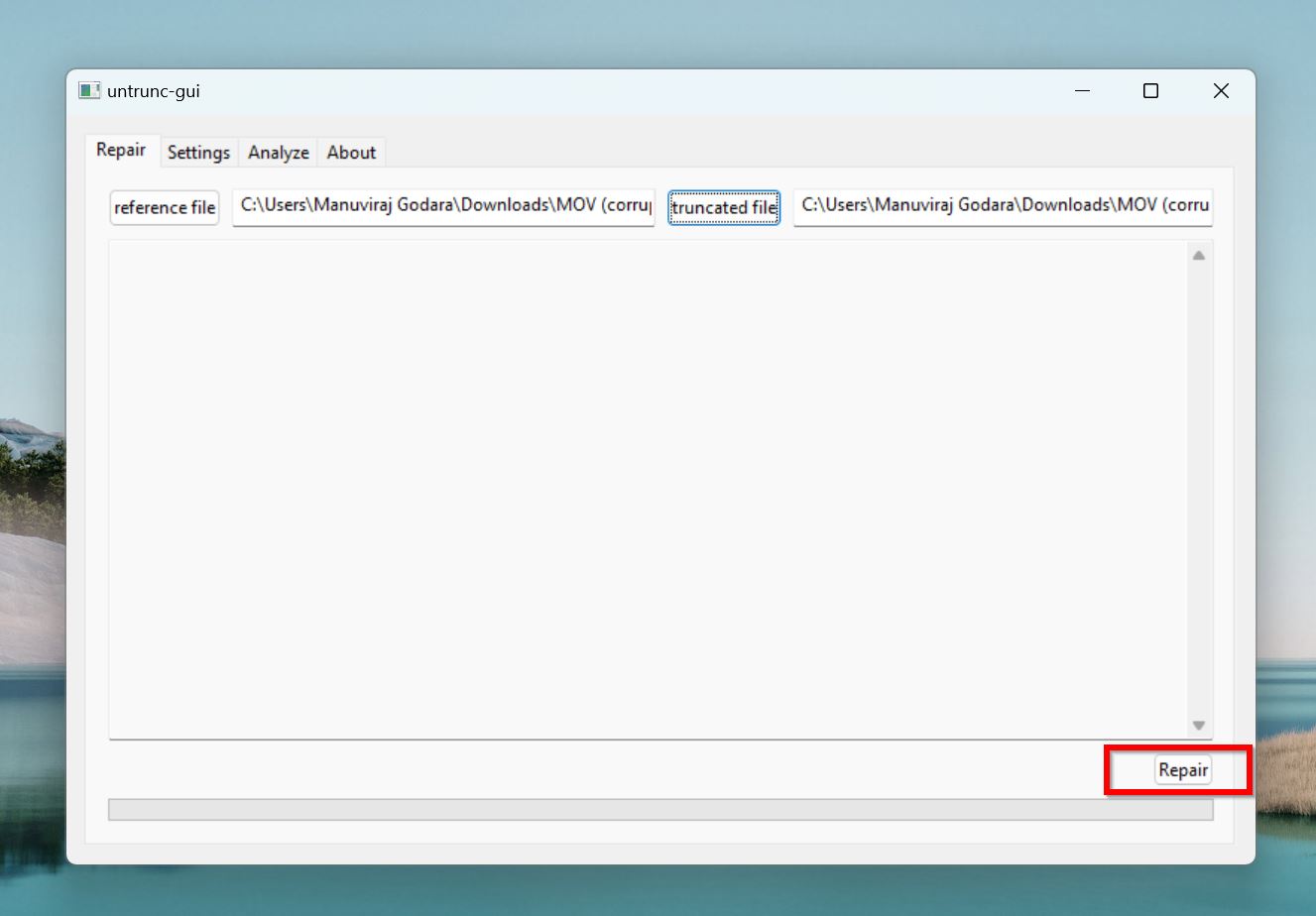
- Untrunc GUI will repair the corrupt video, and save a copy.
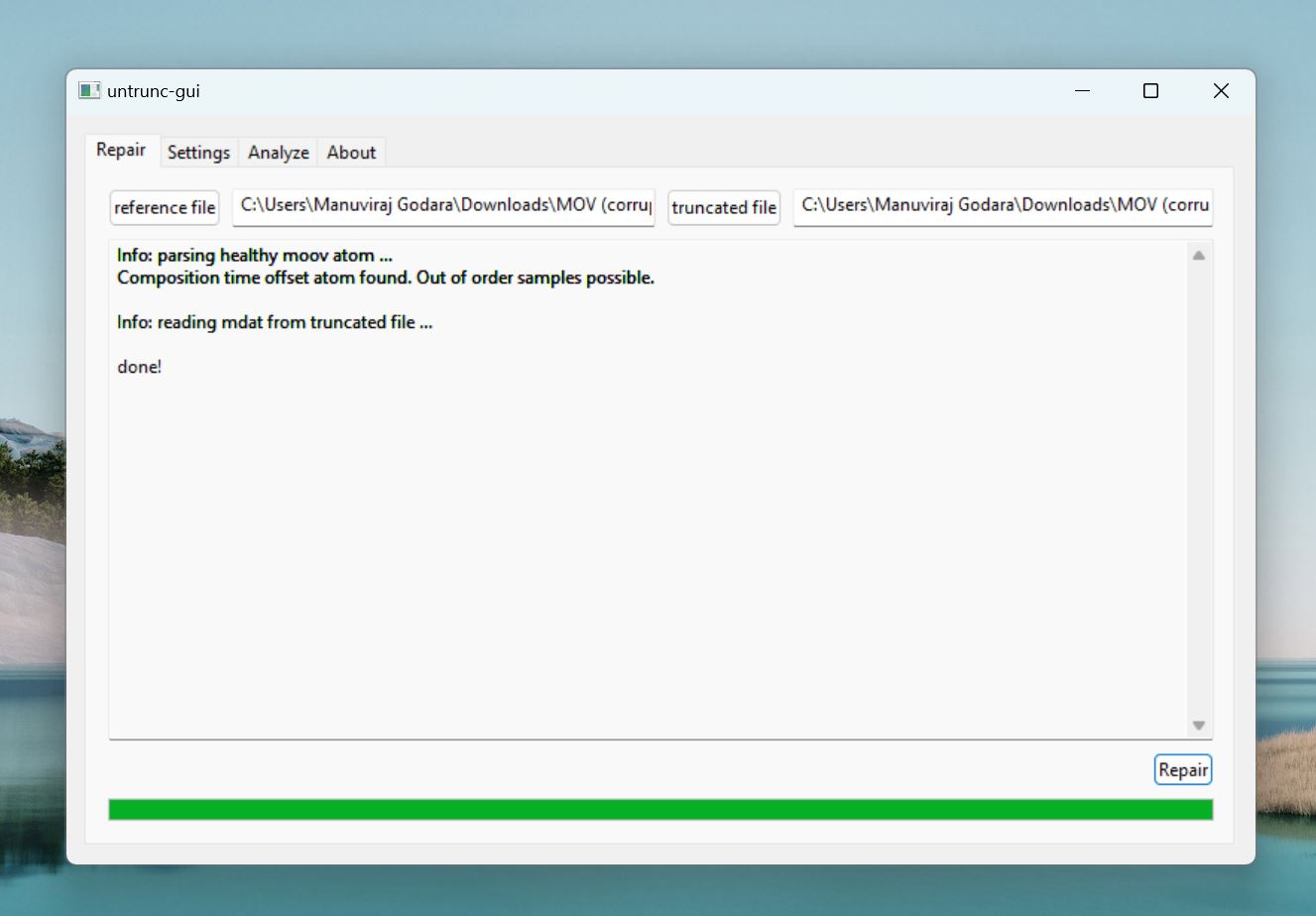
3. Handbrake
Handbrake is a video transcoder that’s surprisingly adept at repairing corrupt videos, despite lacking a dedicated repair algorithm. By re-encoding a corrupt video using Handbrake, you can often fix any corruption in it. That’s what I did, and it worked. The best part? Handbrake is free and open-source.
You can re-encode the corrupt video to a format of your choice. I suggest using a popular format like MP4 so that any potential compatibility issues are resolved as well. Video format compatibility is not a problem, because Handbrake supports a wide range of video formats.
The only drawback is that re-encoding a video using Handbrake only fixes minor cases of video corruption. It isn’t as versatile as other dedicated video repair tools in this list.
Here’s how to fix a corrupt video using Handbrake:
- Download Handbrake and install it.
- Click on File in the Source Selection column on the left.
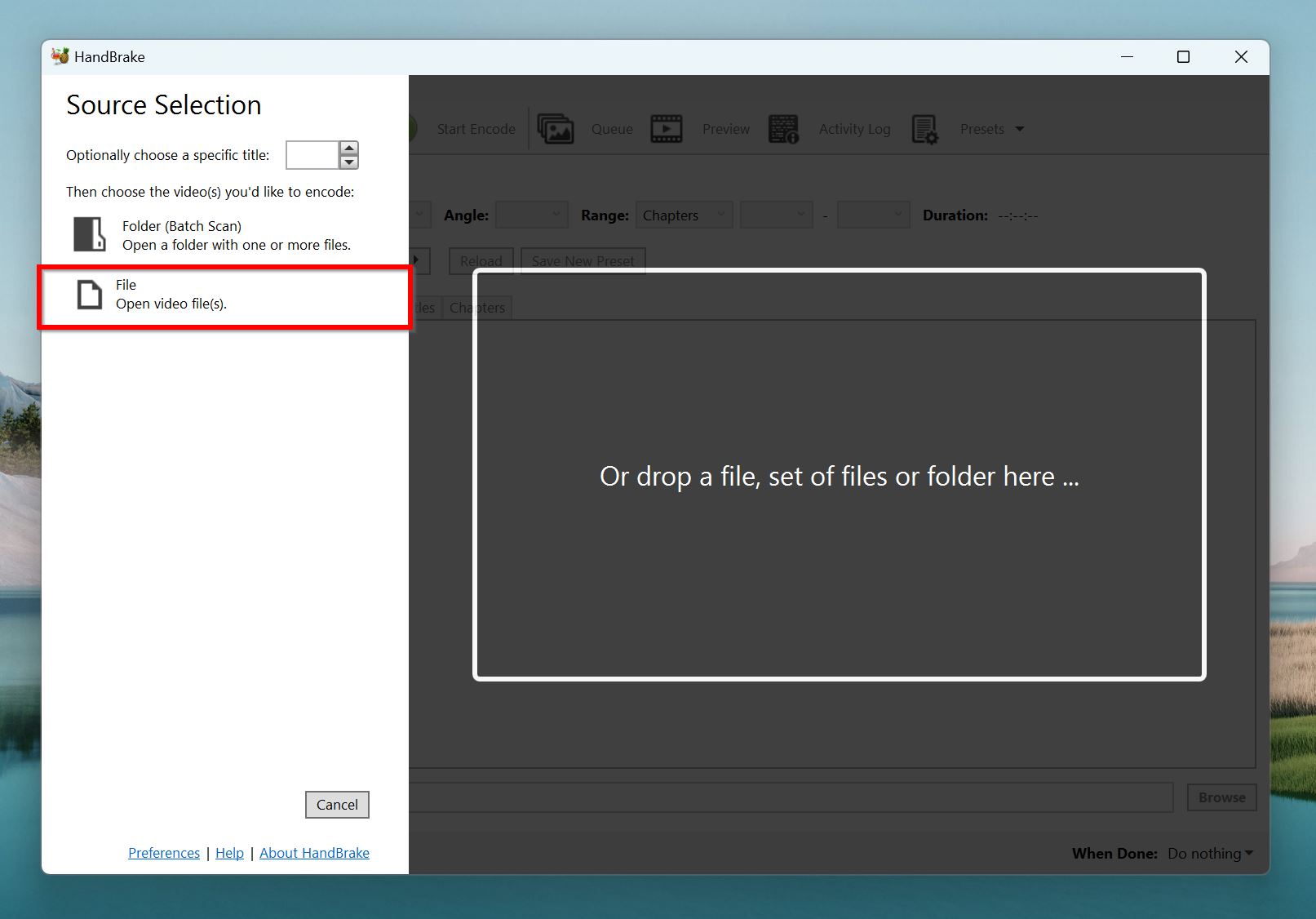
- Choose a video format from the Format drop-down menu in the Summary tab. You can further modify the encoding settings using the other tabs, but it isn’t required.
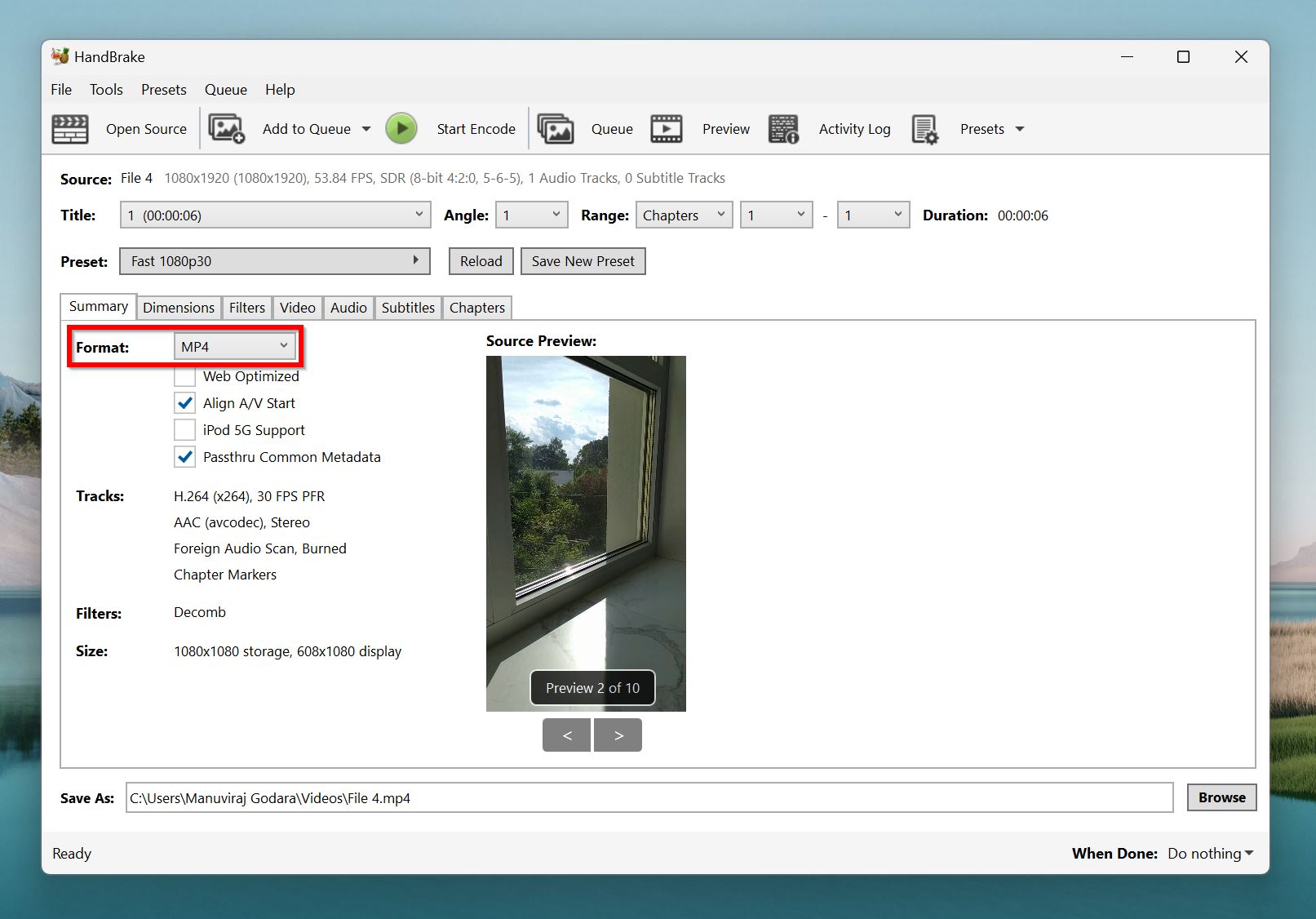
- Click Browse to select where you want to save the re-encoded video.
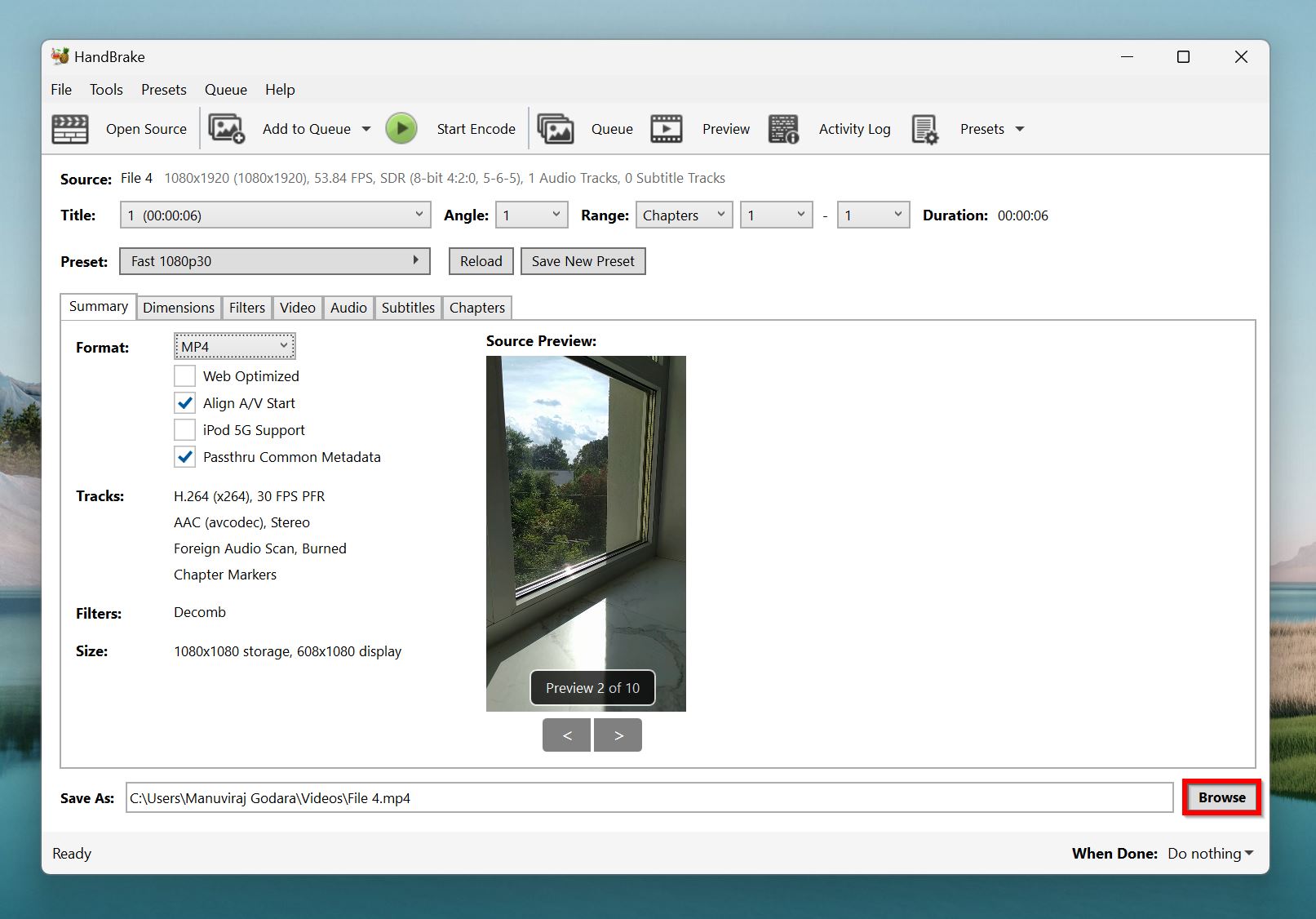
- Click Start Encode to begin encoding the video.
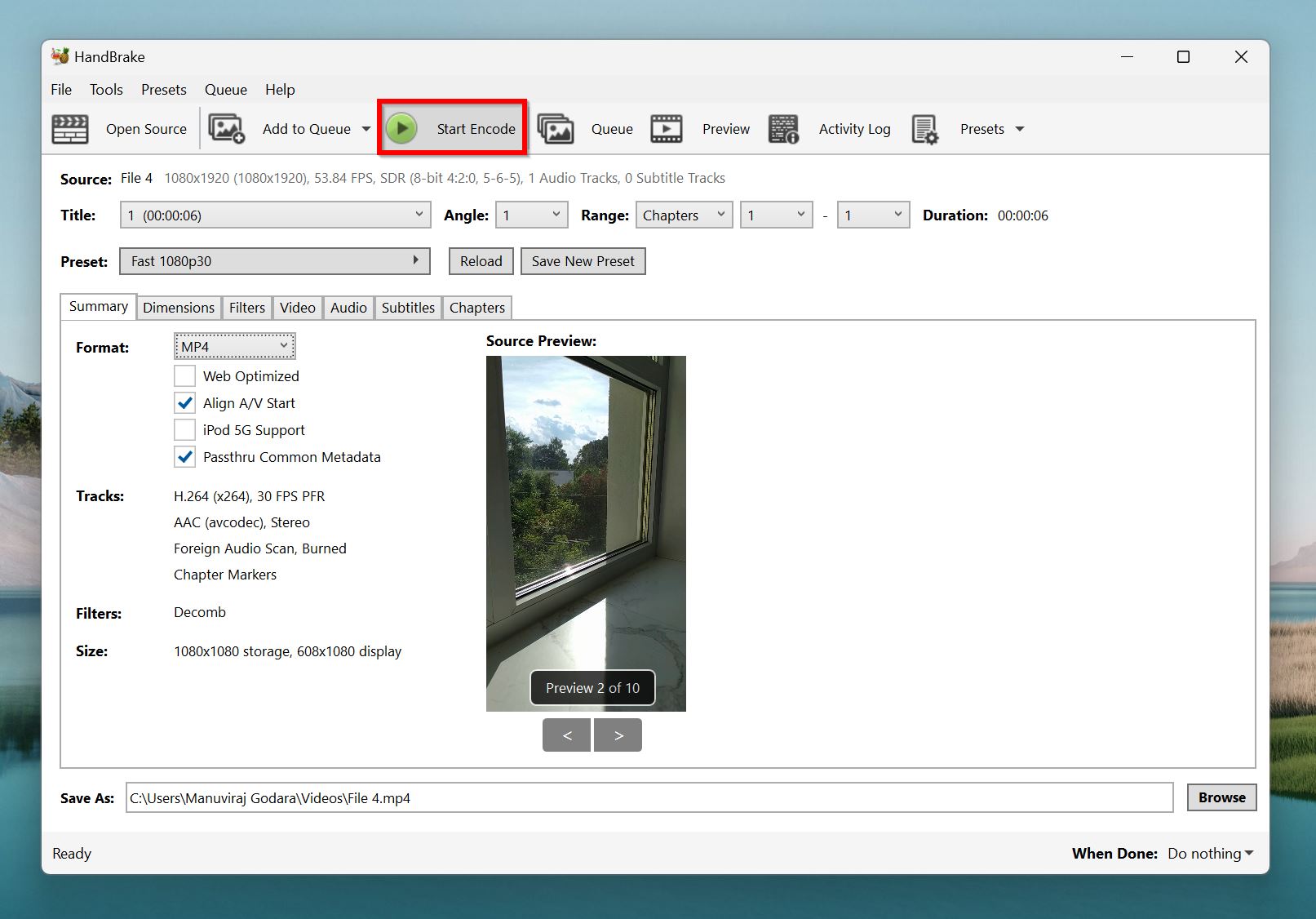
4. VLC Media Player
Surprised to see VLC Media Player here? Well, not only is it an excellent media player, it can repair corrupt videos as well. VLC Media Player is free to use, and open-source, including the video repair feature.
The only catch is that the dedicated video repair feature only works with AVI files. To fix other video formats, you can re-encode the corrupt video to another format using VLC, and it will repair minor corruption along the way.
However, re-encoding a video in VLC isn’t as reliable as using the dedicated AVI video repair algorithm, so it’s best to have low expectations when dealing with MP4, MOV, FLV, and MKV videos.
Follow these steps to repair corrupt AVI videos using VLC Media Player:
- Download and install VLC Media Player.
- Open VLC Media Player, and go to Tools > Preferences.
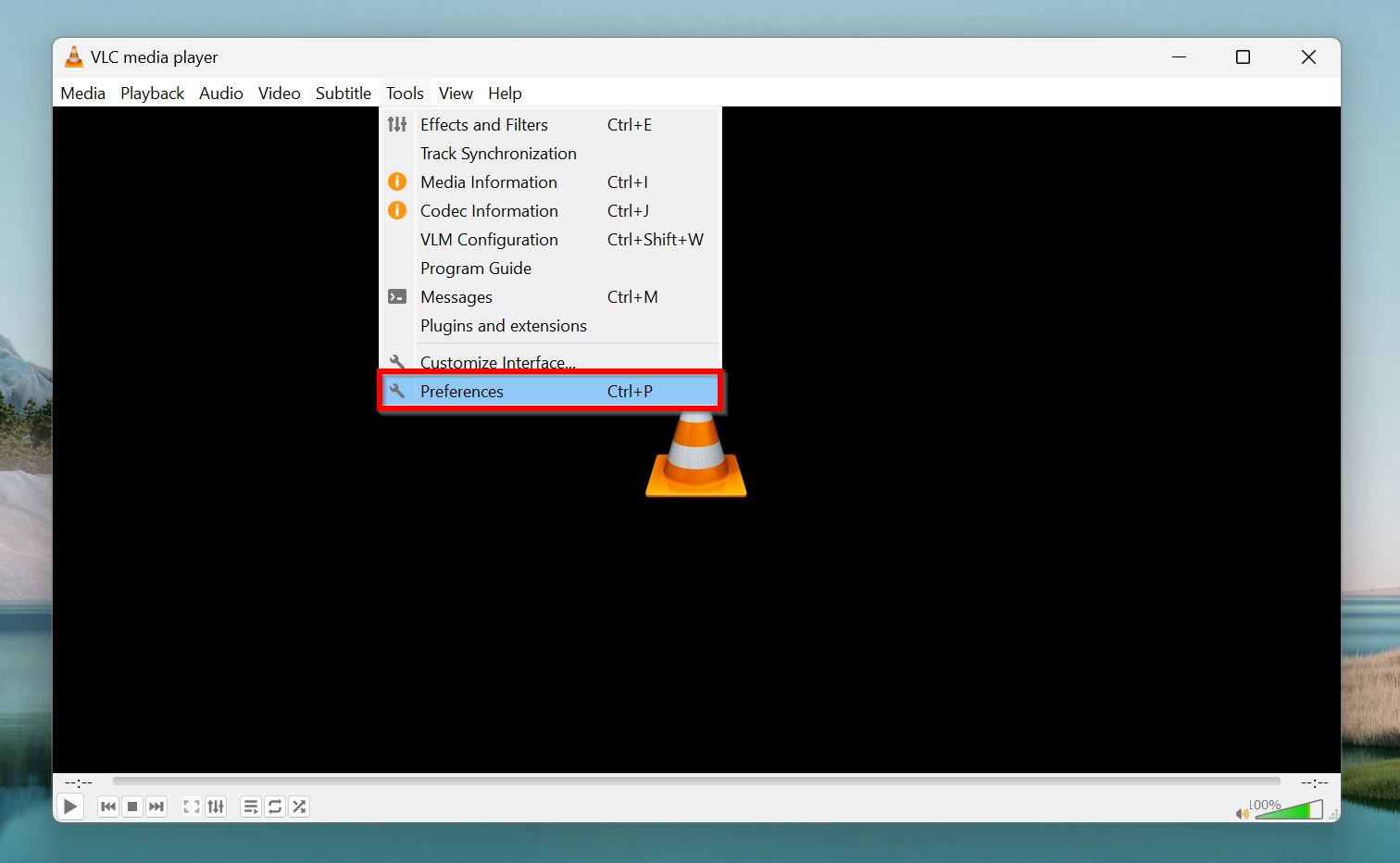
- Click on the Input/Codecs tab.
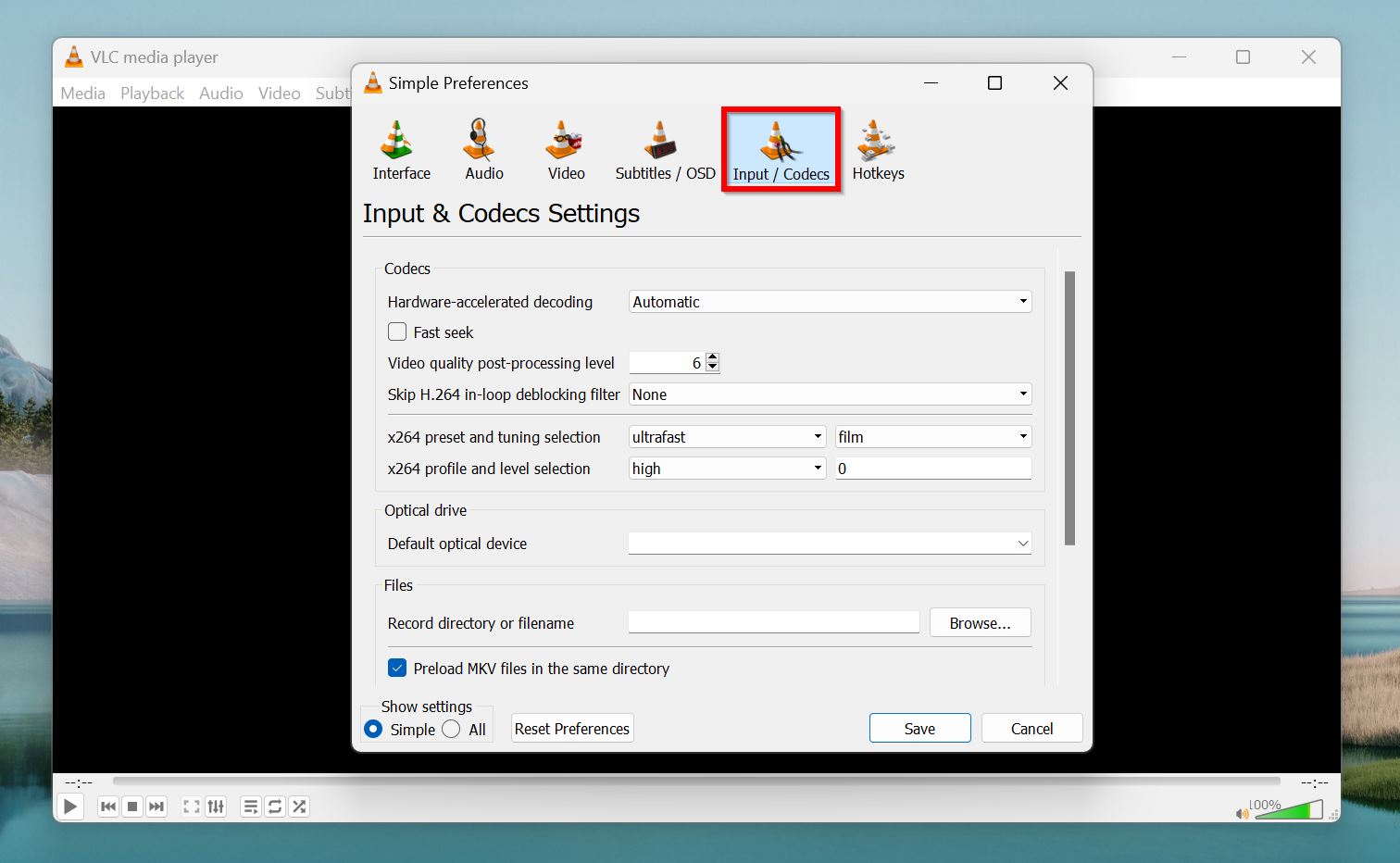
- Choose Always fix in the Damaged or incomplete AVI file drop-down menu.
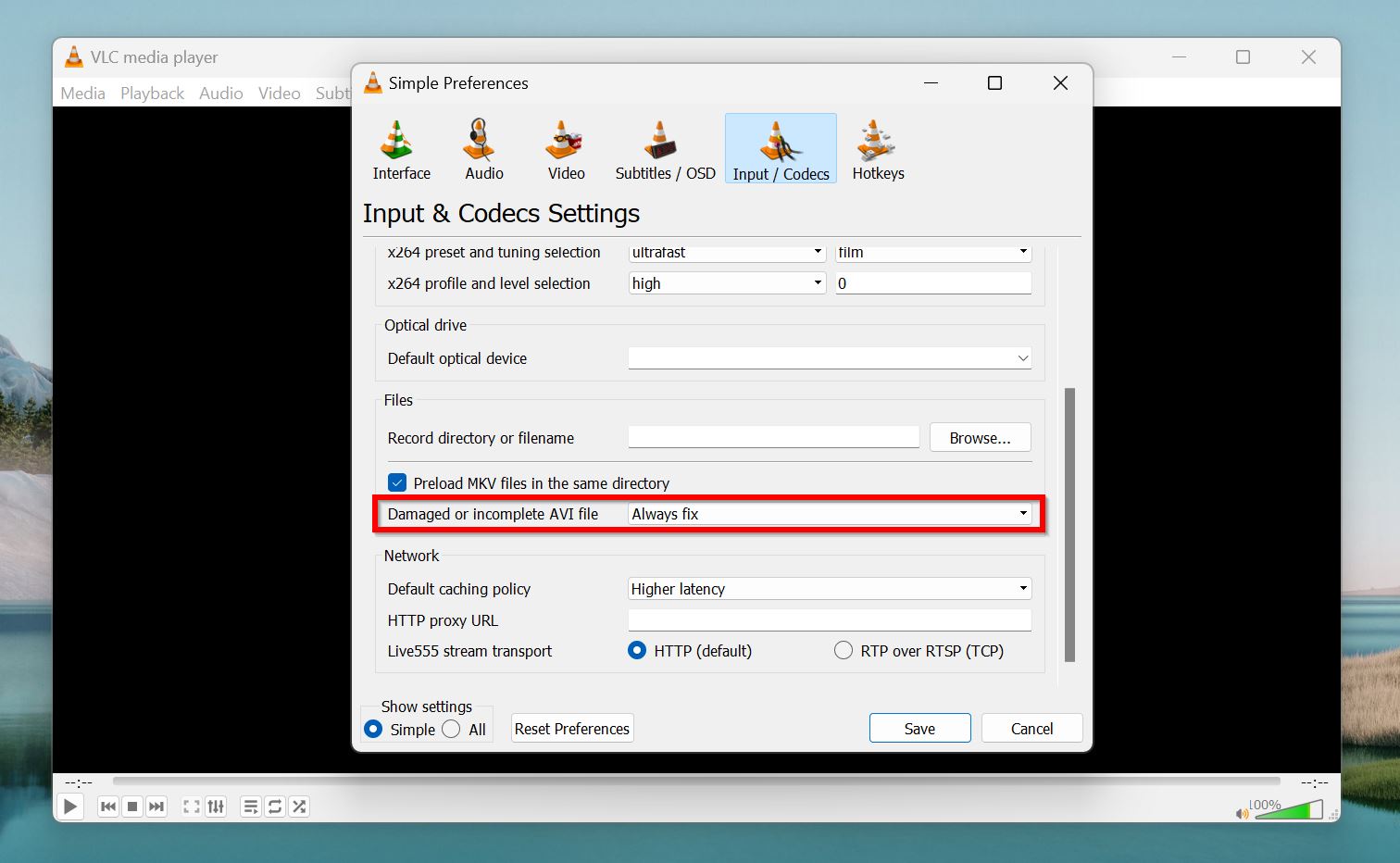
- Click on Save.
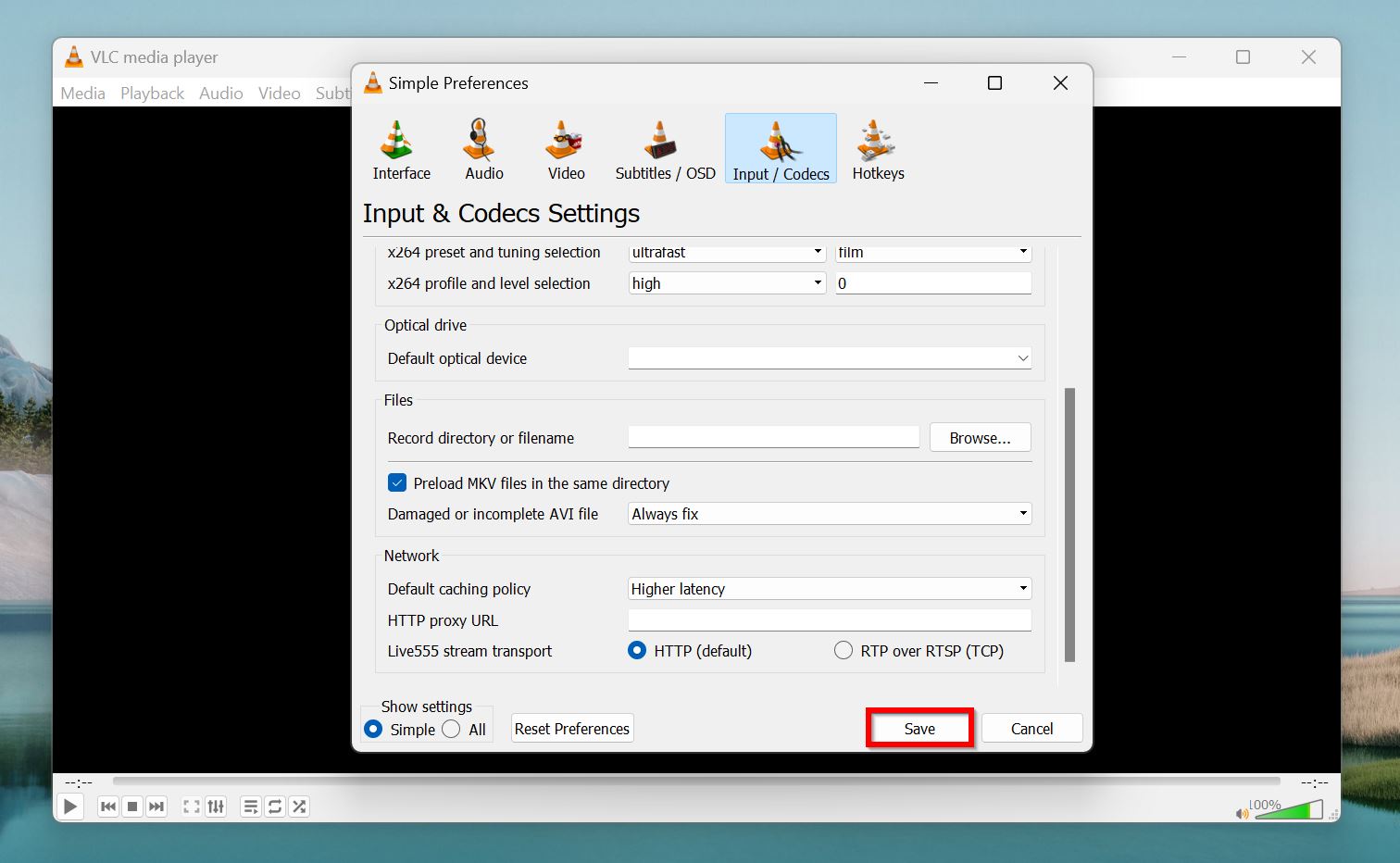
- Open the corrupt AVI video using VLC Media Player, and it should fix any corruption.
Alternatively, you can re-encode the corrupt video file to potentially fix it:
- Open VLC Media Player.
- Click on Media > Convert / Save.
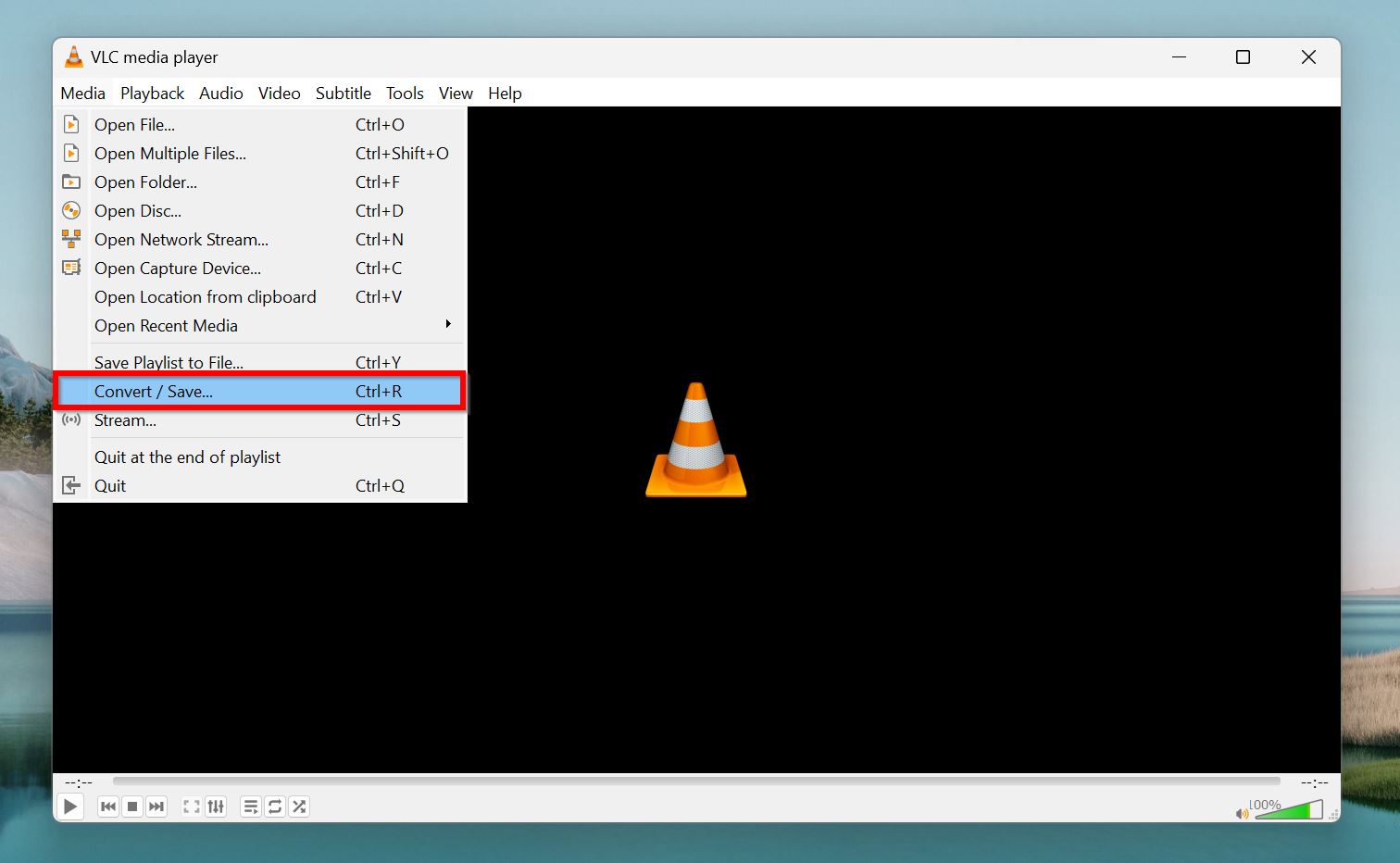
- Click on Add, browse for the corrupt video file, and double-click it.
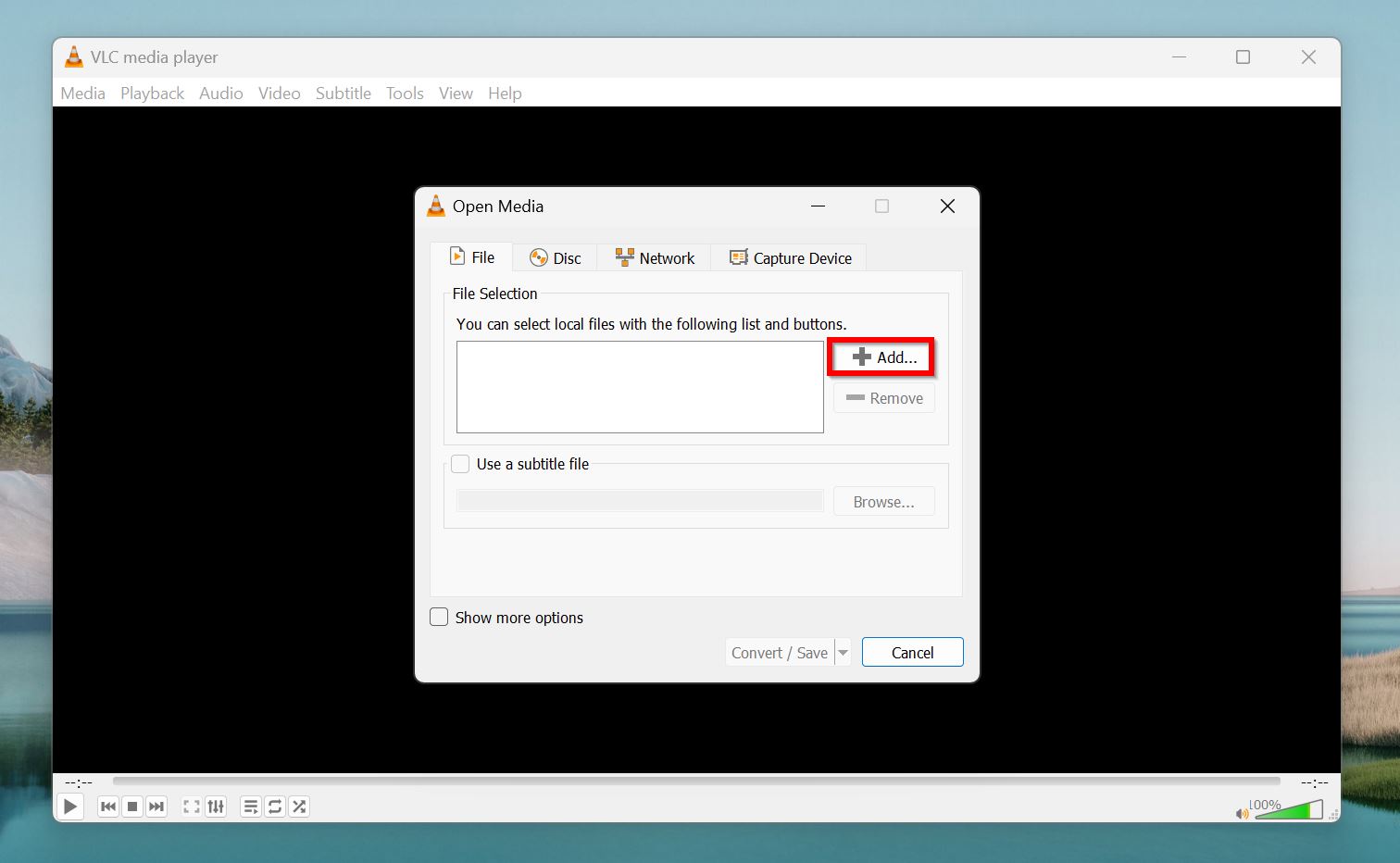
- Click on the Convert/Save button.
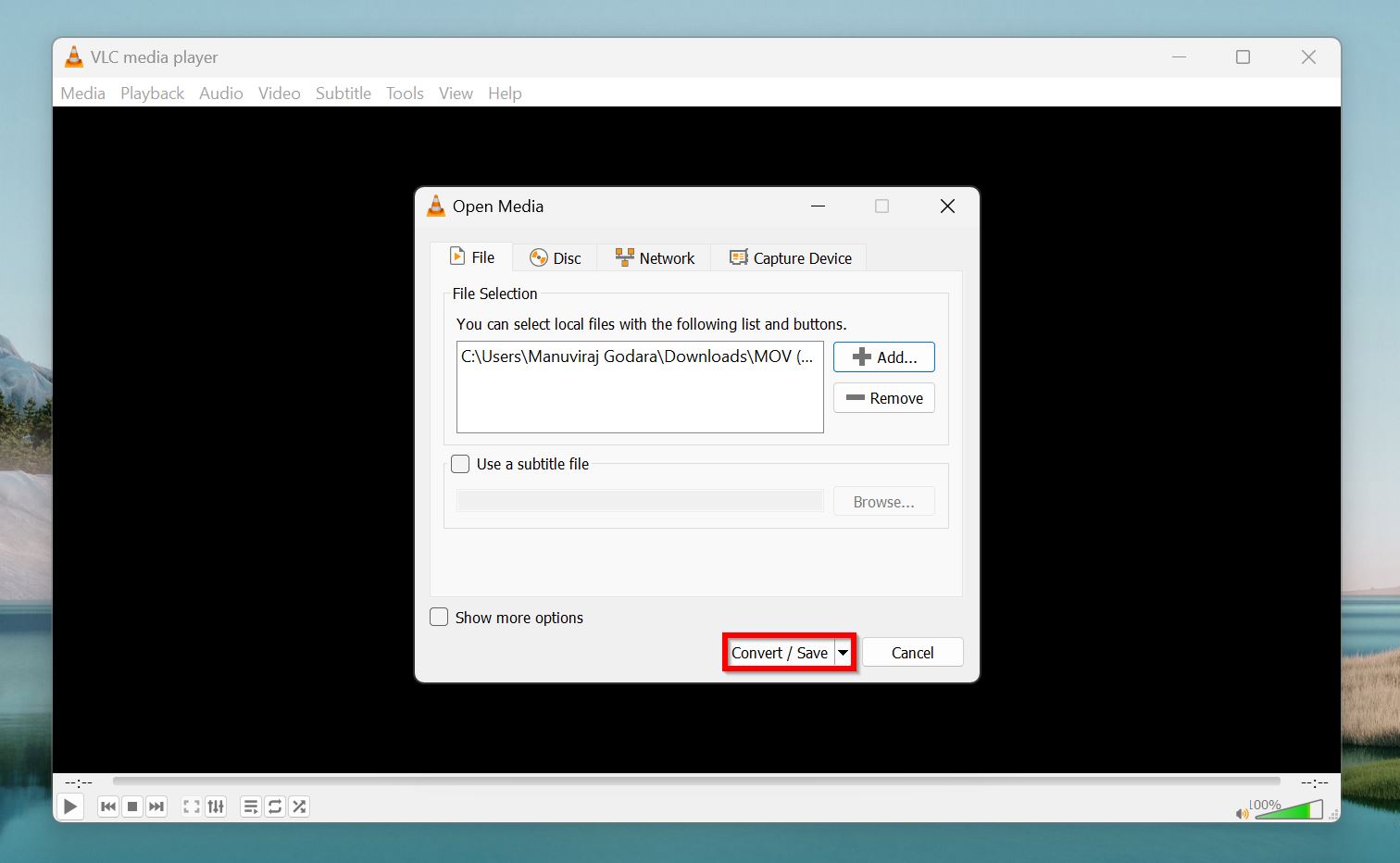
- Select a video format and codec using the Profile drop-down menu.
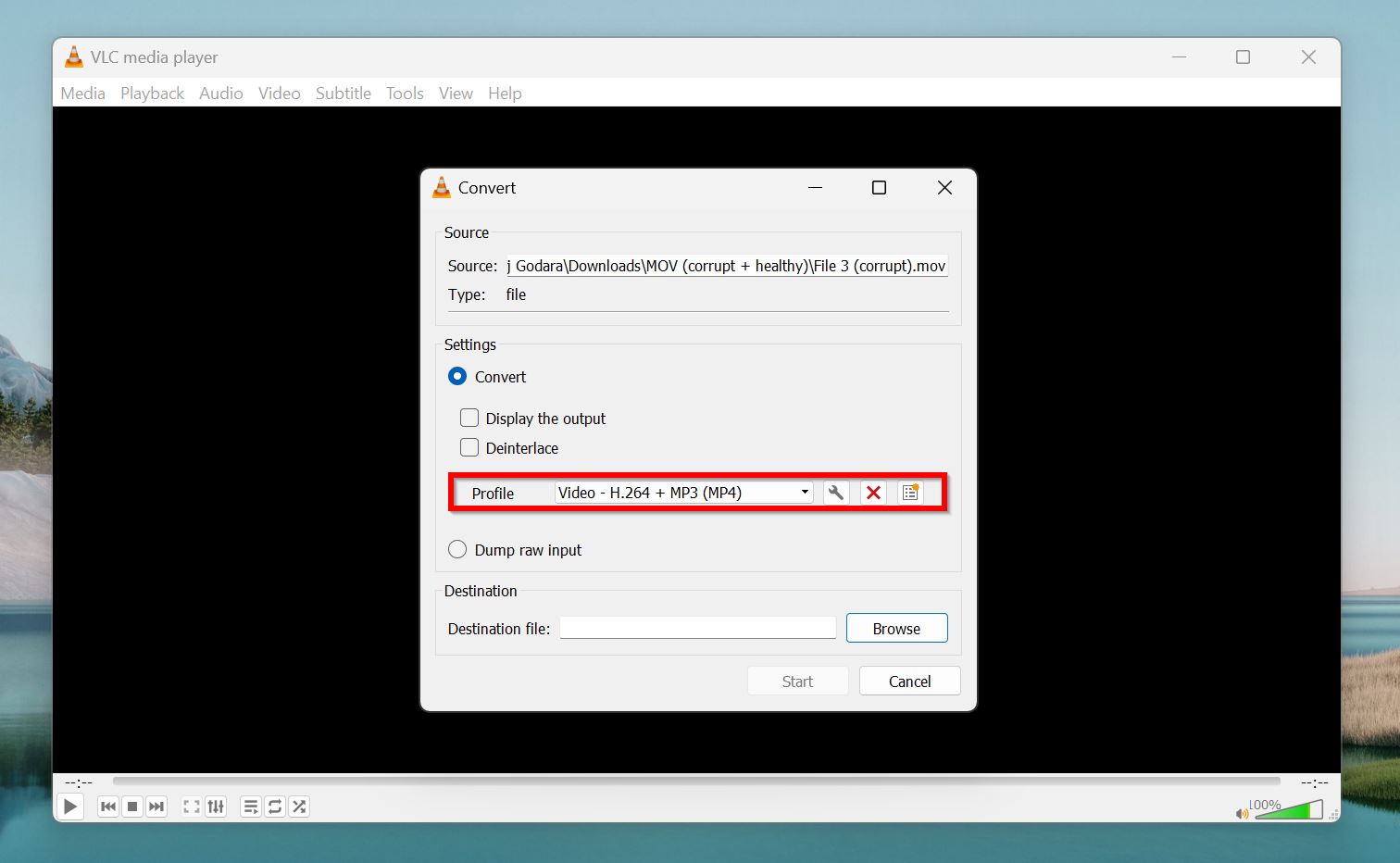
- Click Browse under Destination to pick where you’d like to save the video.
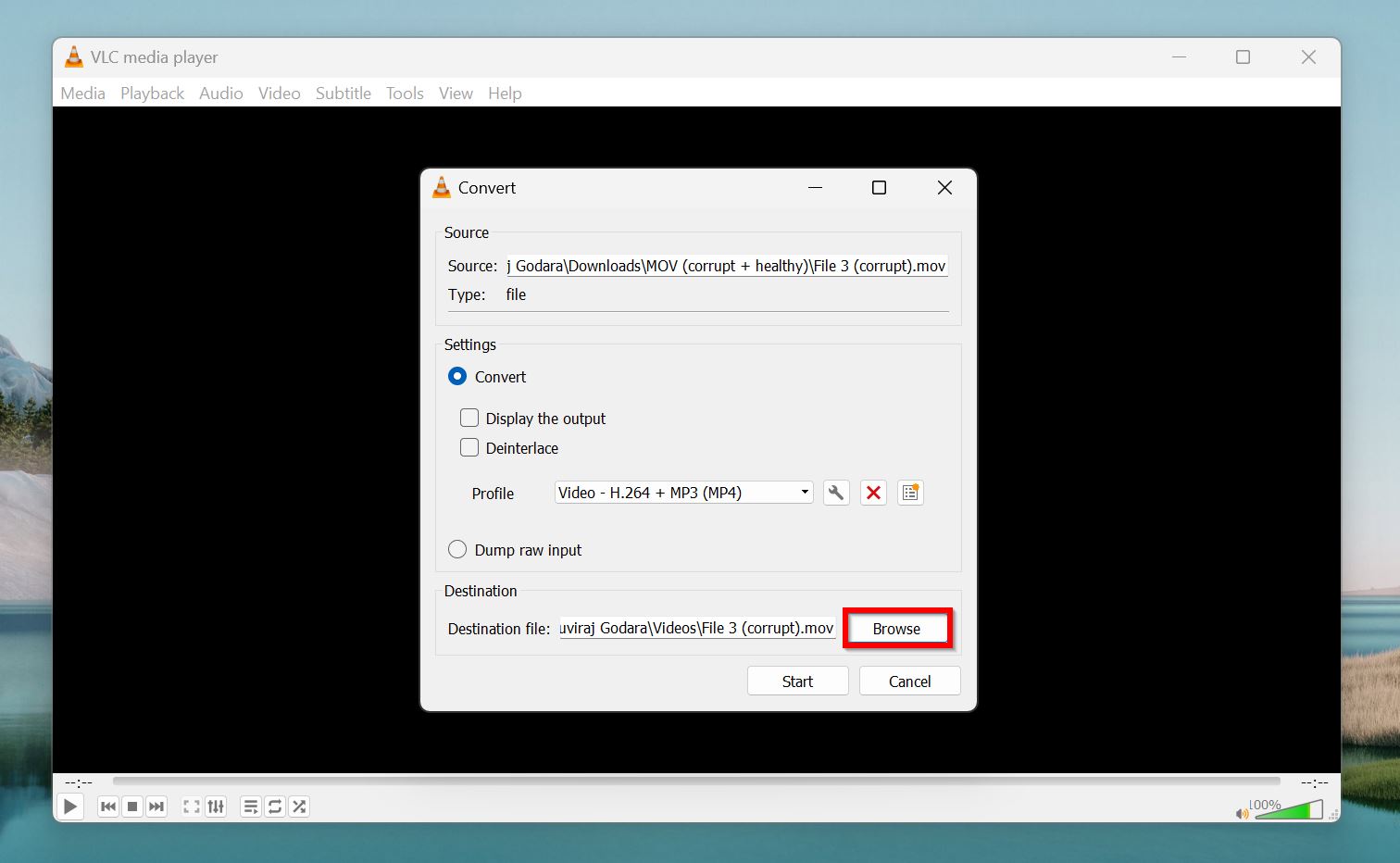
- Click Start.
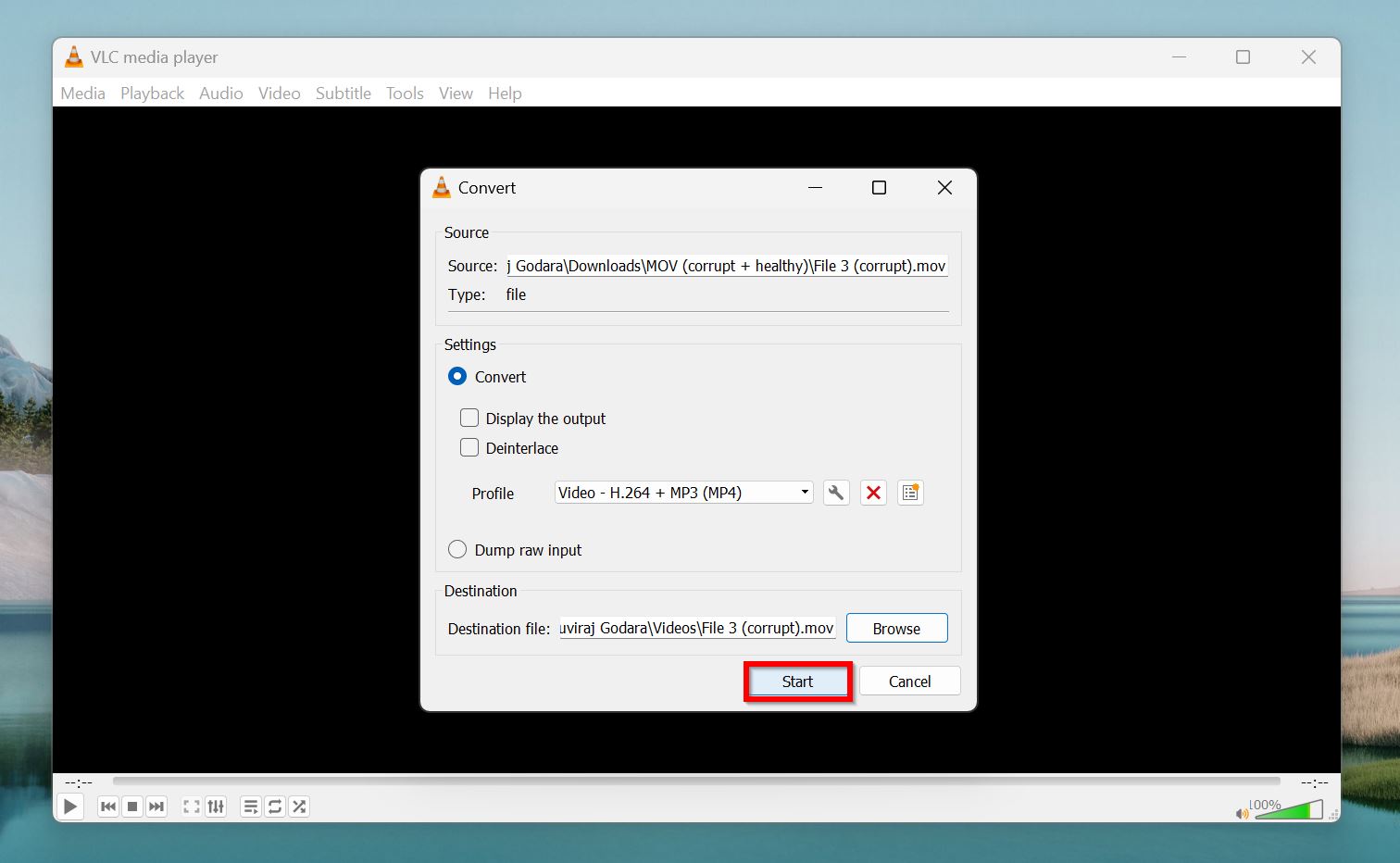
5. FFMPEG
If you’re comfortable using the command line to repair a corrupt video, few tools are better than FFmpeg—a free, and open-source program. Technically a video and audio processing tool, FFmpeg also excels at digital video repair. It’s compatible with almost any video format under the sun, and leaves the original file untouched, allowing you to attempt multiple repair methods.
You can fix corrupted videos using FFmpeg by re-multiplexing them (for minor corruption) or re-encoding them (for more severe corruption). The only drawback is that FFmpeg can be a pain to install and use. There’s no GUI, and you need to use the tool within Command Prompt.
Here’s how to install and use FFmpeg to repair corrupt videos:
- Type “cmd” in Windows Search (Windows Key + S), and right-click on Command Prompt > Run as administrator from the search results.
- Type
winget install ffmpegand press Enter. Type Y and press Enter when prompted again.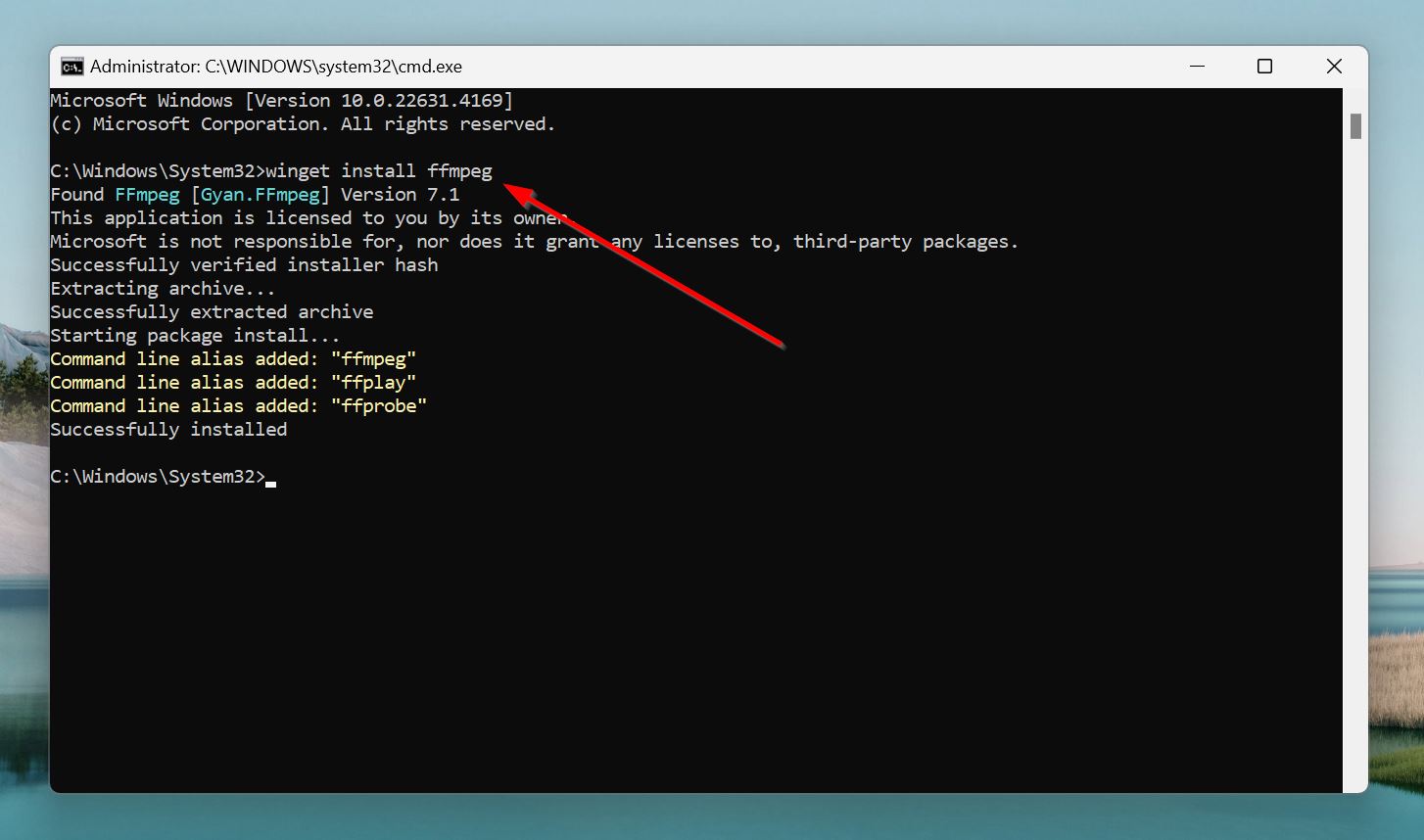
- Windows will automatically download and install FFmpeg.
- Close Command Prompt and re-open it as an administrator (Step 1).
- Type
ffmpeg -i X:PathToCorrupt Video File -c copy -map 0 X:PathToCorrupt Video File (Repaired). To find the file path of your video, open Windows Explorer (Windows Key + E), navigate to the folder containing the corrupt video, right-click the video, and choose Copy as path. Paste the path when executing the command.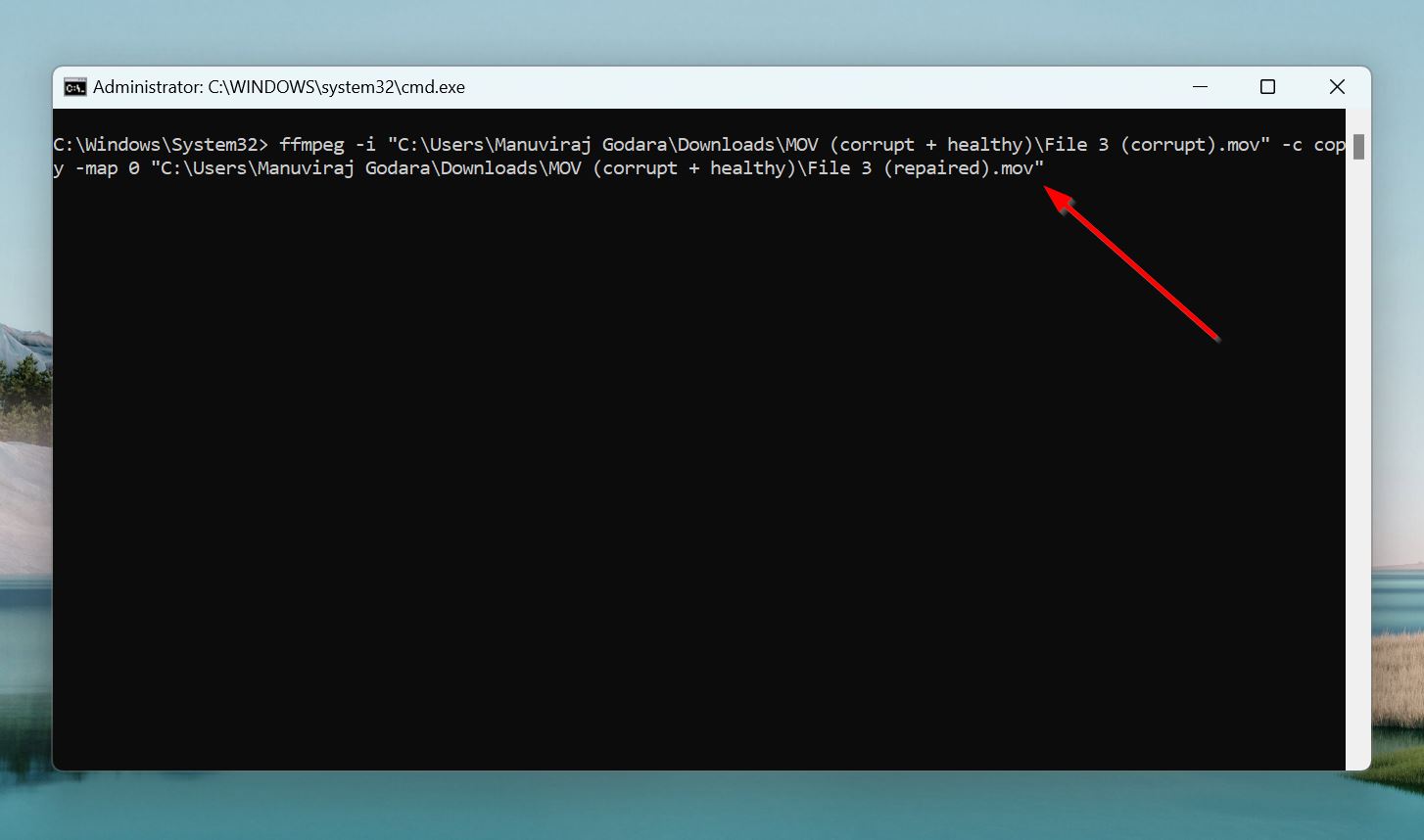
- Try playing the repaired copy of your video. If you’re still facing issues, execute the following command to re-encode the video,
ffmpeg -i X:PathToCorrupt Video File -vf yadif -c:v libx264 -c:a aac -strict experimental X:PathToCorrupt Video File (Repaired).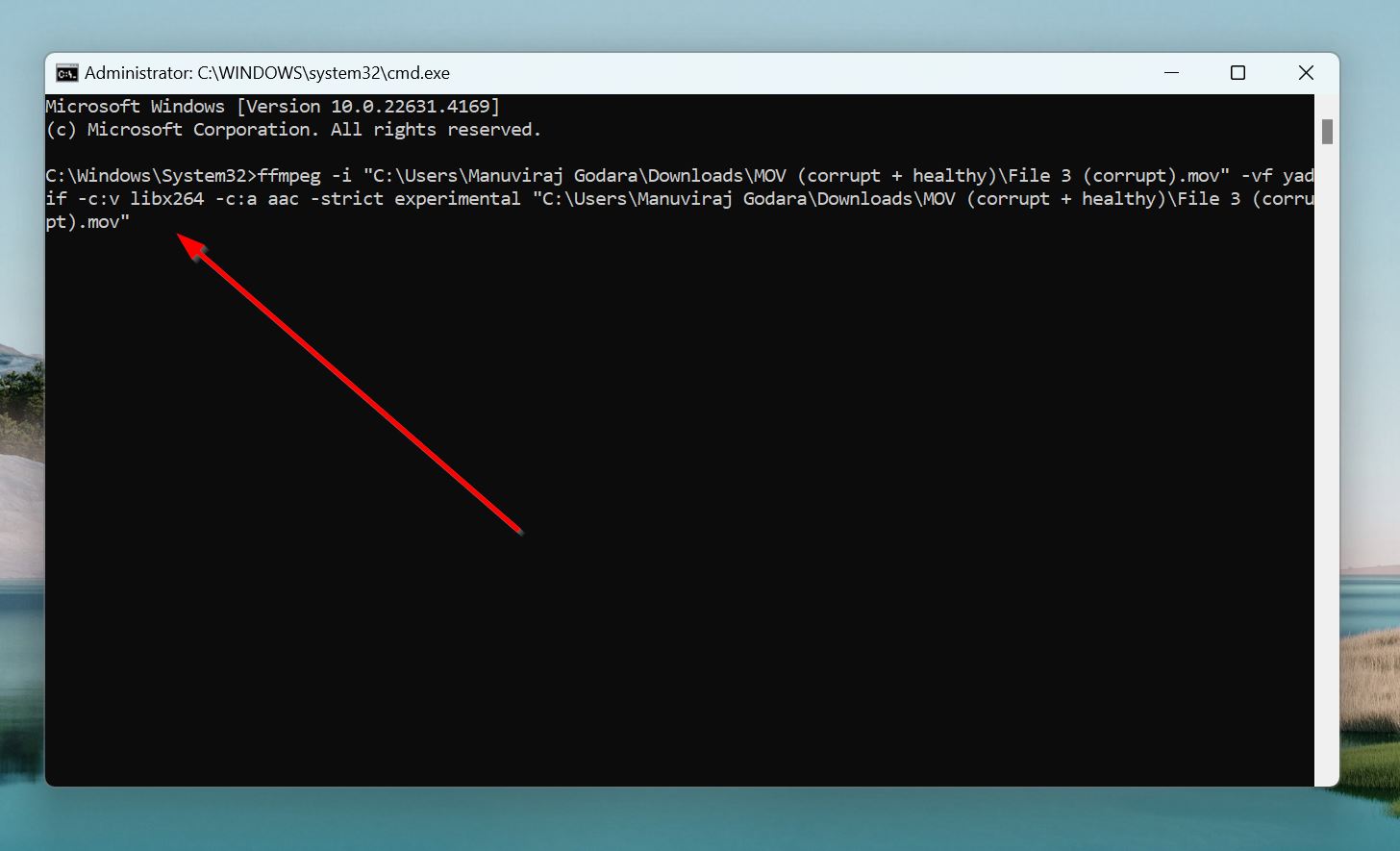
- Play the repaired video.
Conclusion
The websites and tools outlined above should be enough to repair most types of video repair. If you’re inclined towards online tools, you can do no better than Clever Online Video Repair—thanks to its amazing functionality and quick processing speeds. When it comes to video repair software, Untrunc GUI is an excellent option that’s specifically designed for video repair.
